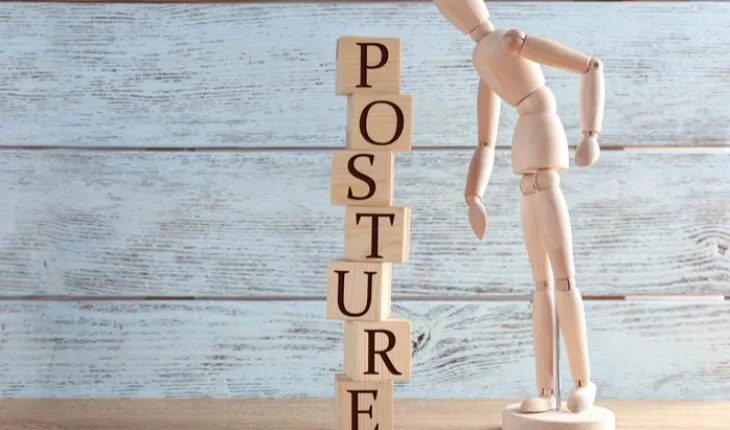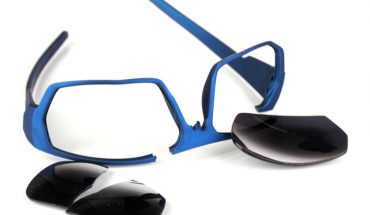Most people will experience back pain at some point, but it never ceases to amaze me how many people come to accept a level of discomfort as part and parcel of their daily lives. Most back pain is avoidable if people have even a basic awareness of the root causes and make some simple adjustments.
We are now marking this year’s Back Care Awareness Week (8-12 October), so it’s the ideal time to take stock and start paying attention to your back health. Small changes incorporated into daily routines can, over time, make a profound difference.
In your teens
Teenagers today tend to spend prolonged periods of time on electronic devices, impacting their spines at a time when they are still developing and potentially causing a lifetime of bad posture. Naturally my advice here is to limit the amount of time spent using handheld devices. However, simple changes such as holding the device at eye-level and avoiding binge-watching TV on smartphones or tablets in bed with your head propped up, can help counteract some of the damage.
A handy stretch for neck/shoulder tension and headaches is to lie backwards over a small rolled up towel to support the arch in your neck, for two-five minutes a couple of times a day.
In your late twenties/early thirties
This is when the repercussions of bad habits from your youth can start to be felt. This, coupled with prolonged periods of sitting down at desks, can lead to the onset of early back pain, commonly in the form of general back stiffness and tension across the shoulders and back.
I would recommend some form of conscientious exercise for this age group, such as attending the gym, or swimming, two or three times per week. Mixing up standing and sitting whenever possible is also important.
In your thirties:
I see a large proportion of disc herniations (slipped discs) in this age group, particularly among women during pregnancy and post-childbirth. This is because during pregnancy the body grows so quickly and weakens the back muscles, leading to the altered ‘sway back’ posture. Extreme cases can lead to pain and numbness down one side of the body, which increases after standing or sitting. A great exercise for women is to stand with your head, middle back, bum and heels against a wall to help ‘reset’ your body’s posture and remove stress from the lower spine.
In your forties:
Sciatica is extremely common in the 40+ age group, causing varying degrees of discomfort in the lower back and leg. I would always recommend seeking professional help whenever pain does not dissipate within a couple of weeks, but in the mean-time sufferers should try to avoid bending forwards for the first 15 minutes every morning.
Fitness fanatics in this age group should cut-down on high-impact activities, such as road running and high intensity aerobic classes, which can now really start to take their toll on the body. Swimming is a great alternative or if you like gym-based cardio, the cross trainer can be a great option and is my “go-to” for those recovering from back pain or sciatica.
Fifties, sixties and beyond!
This age group is synonymous with bone and muscle degeneration which can cause the posture to deteriorate. I always tell my patients in this phase of life to not focus so much on stretching their bodies, but instead to strengthen the back muscles which support the spine. ‘Core vacuum’ exercises are great for this and involve using your deep core muscles to pull your belly button to your spine. Try this lying on your back to begin with, until you’ve mastered the technique and can do it ‘at will’ while standing.
- WFH doesn’t have to be a pain - 15th June 2023
- Back pain programme has lasting results - 7th October 2022
- How to enjoy skiing and keep your back healthy - 15th January 2019







Michael, nice awareness article on back pain. However, I would have imagined far more description on Sciatica pain as that is one of the most dangerous pains in the human body and makes people almost unable to stand even for a few seconds. I have seen some of these people in severe pain in a leg down to the foot crying, crying and crying and believe me that was unbearable to see them in that immeasurable pain that sciatica is. I request you to please immediately write an article on its treatment if you can. Thanks.
Relief of back pain and its disappearance, for an elderly person, is invaluable. Indeed, in the presence of constant, periodically increasing to intense, back pain in older people, as a rule, concomitant (somatic) diseases are aggravated. And this, in turn, often leads to psycho-emotional disorders, depresses the patient’s condition, not to mention the vascular “catastrophes” that can occur in the elderly against the background of constant (debilitating) pain syndrome. Dear ladies and gentlemen, do not think that treating a disease in old age is meaningless and ineffective. Reducing the intensity of back pain in elderly patients significantly improves their quality… Read more »